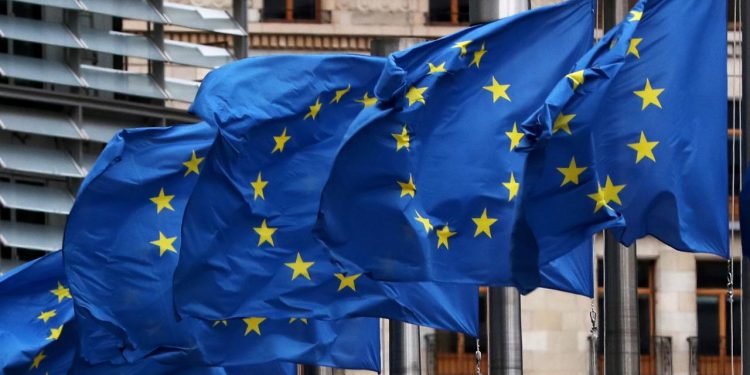EU banks will be forced to reassess the costs and benefits of financing certain businesses, especially those with high greenhouse gas emissions, when they have to disclose green asset ratios (GARs), Fitch Ratings says in a new report.
The GARs, proposed by the European Banking Authority for disclosure from end-2022, could lead to lending shifts as banks seek “greener” assets and reduce funding for “brown” assets. Banks with lower ratios may be shunned by investors, leading to funding pressure. However, any rating implications are only likely to be felt over the long term.
We believe the GARs are a good first step towards comparable environmental disclosure on loans and investments across banks, but there will be gaps in their usefulness given data limitations, exclusions and a staggered approach to implementation.
The GARs focus on loans and securities portfolios, and reference the EU’s taxonomy for sustainable activities, which does not yet cover all environmental objectives or industry sectors. Sovereigns and most public-sector exposures are not yet included and we estimate that the ratios will cover, at best, 75%-80% of banking book exposures, with about 30% subject to estimates and proxies.

Banks will need detailed information from borrowers and investee companies to calculate their GARs. Although large EU companies’ disclosure timelines are aligned to the 2022 “go-live” date for banks, smaller corporates and SMEs are unlikely to provide sufficient disclosures until June 2024. Gathering data on existing retail exposures may also be difficult.
Banks could have scope, under the existing proposals, to artificially improve their ratios, for example by moving “brown” assets beyond the regulatory perimeter or by providing insufficient disclosure. This would make GARs less meaningful.








